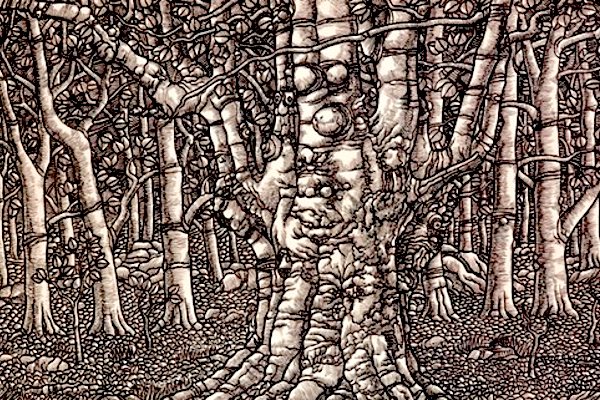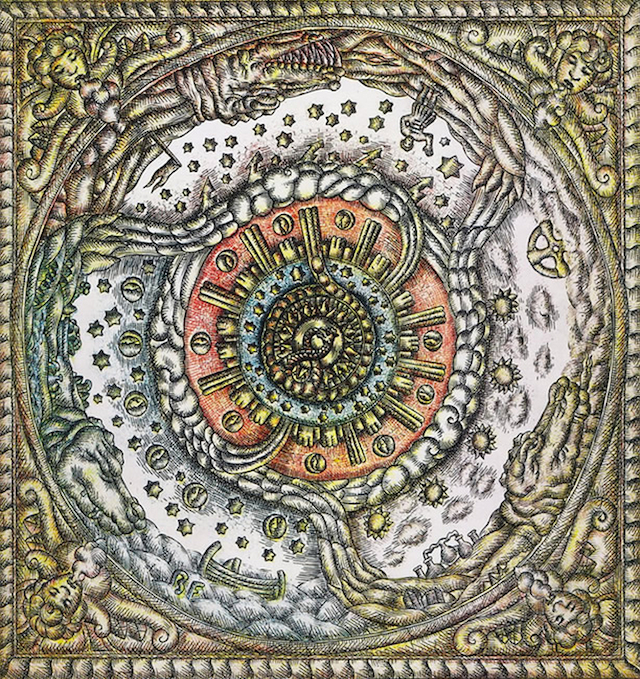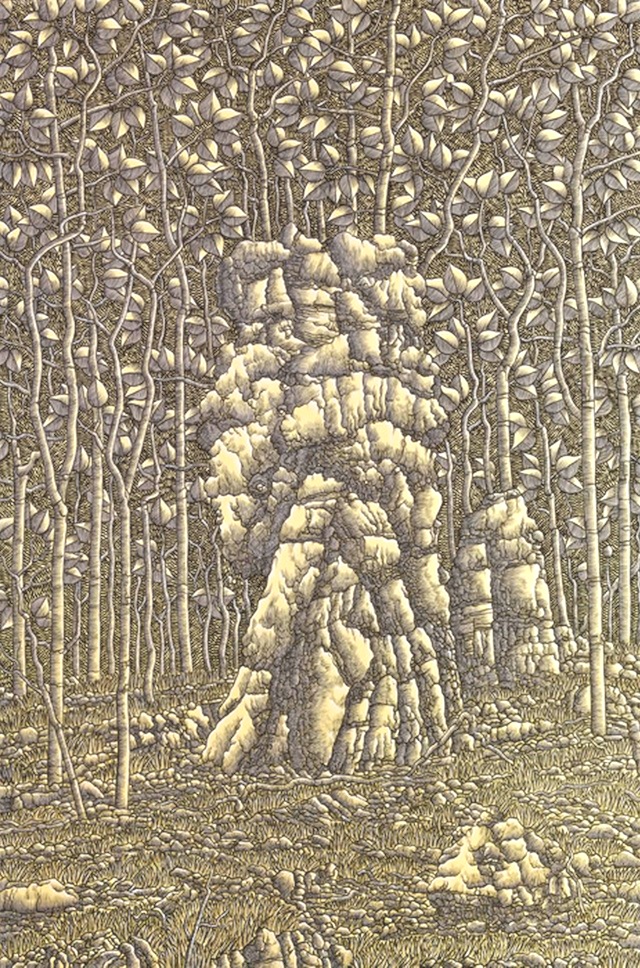Art
Anthropology and art: Josip Zanki’s interdisciplinary work
Occasionally I meet artists in passing before I track them down later for Ikon Arts, giving me the opportunity to get to know them from the sidelines before talking with them about their work. This was the case with Josip Zanki, whom I had bumped into several times as he dashed to meetings at the Meštrovic Pavilion, where he has served as president of the Croatian Association of Artists since 2007. I was struck by his energy, and this impression only deepened as he excitedly spoke about his work when we met for an interview. An interdisciplinary artist and scholar whose interests are rooted in mysticism and personal experience, he thrives on seeking out new information, launching new projects, conducting research, and sharing his findings.
Zanki grew up in a village northwest of Zadar, in an area whose rich local traditions would become the subject of much of his work. He has worked with various media, including installations, performances, experimental film and video, and printmaking since 1986, but it was in the mid-1990s, after studying under Miroslav Šutej and graduating from the Academy of Fine Arts in Zagreb, that his work really began to take shape. Zanki explains that at this time, he was taking frequent walks on Velebit, the iconic mountain range that runs along coastal Croatia near his hometown, and he started to “collect stories” from the region, research local traditions, and incorporate these discoveries into his work.
One such project began when Zanki came across several Mirila near a village on Velebit. Mirila, until more recently common throughout the villages in the area, are stone slabs on which the deceased are laid to rest after a 72-hour vigil and before burial. Believed to be the resting place of the soul, Mirila were considered more important than graves. From this chance encounter (at the time, Zanki had actually been searching for an Illyrian cave) grew extensive research, anthropological essays, performances, site specific installations, a series of prints, drawings, and animations, and an exhibition.
Among Zanki’s other projects inspired by his explorations of Velebit is a series of incredibly intricate drawings of trees. “They are mostly primordial … I chose them because they are different from the other trees — in their branches or in their form. It reminds me of something,” explains Zanki. “They were made this way because of the weather – that’s the natural explanation. But mythology from that region [provides a] different explanation: according to legend, they are connected to dwarfs.”
As scholarly interest in Zanki’s research on local traditions grew, he was invited to share his findings, and from there his work naturally branched into the study of anthropology. He is primarily interested in the anthropology of religion – over the years he has amassed a collection of 200 prehistoric and medieval objects relating to mystical and occult religious practices – and the anthropology of experience. According to Zanki, this new paradigm in which the anthropologist is not just a passive observer but also an active participant, is key for his work, which always incorporates his own experiences in some way.
For instance, he recently spent several weeks in India and took a course in Tibetan thangka painting as research for his doctoral dissertation, which investigates the relationship between the history of the golden section, Renaissance painting, and thangka painting. Other interests for Zanki have been the politics of memory and the concept of masculinity in Balkan art.
“I am not thinking about the art market – I am doing it out of my own interest,” notes Zanki. “Much of contemporary art deals with a very small subject that is only pertinent to a small group of people, but I am more interested in general ideas. It is important that it is accessible to many different people.”
Apart from personal interest, his aim to make “eclectic” work is another reason for his interdisciplinary approach to research and art-making. Asked about his influences, he rattles off several from many different fields. He looks to the literature of Mikhail Bulgakov and Salman Rushdie, the philosophy of Peter D. Ouspensky and Foucault, and the anthropological approach of Claude Levi-Strauss. The artists Malevich, Beuys, and Chen Zhen inspire him, as do the composers Debussy and Mozart, who, he says, make very visual music.
But again, Zanki stresses that it is his personal experiences – like learning the art of thangka painting – that are the priority for his work. “My experience is most important for my creative practice. The virtual world, the world of spectacle is nice, but I believe in direct experience – it is like a tool.”
Josip Zanki recently exhibited a selection drawings connected with anthropological work in Berlin, and on April 16, 2014, he will be showing Autumn and the Life without Sense, a collaboration with two students, in Zagreb. Over the next few months, he will also be exhibiting his project Folia, a collaboration with Katarzyna Kosmala from the University of the West of Scotland, in various cities throughout Europe.
Written by Elaine Ritchel









